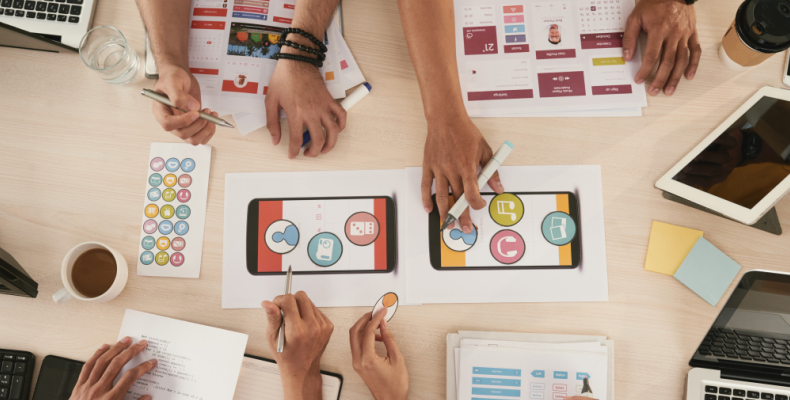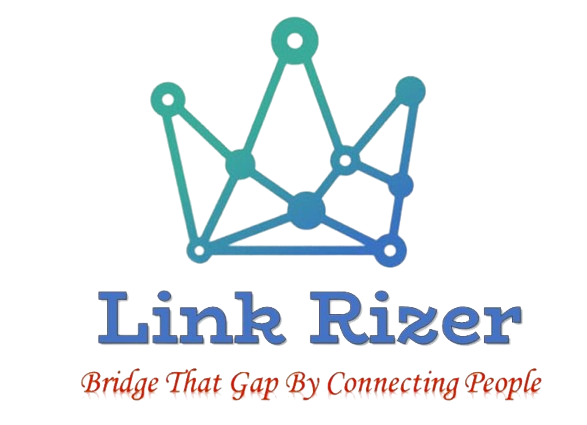
Mobile App Design & Development
Mobile app development is the process of creating software applications that run on mobile devices like smartphones and tablets. This involves designing, developing, testing, and deploying mobile apps for iOS or Android platforms.
Mobile app development can be native, hybrid, or web-based. Native mobile apps are built for a specific operating system and are optimized for the best performance and user experience. Hybrid mobile apps use a combination of web technologies like HTML, CSS, and JavaScript and are designed to work on multiple platforms with a single codebase. Web-based mobile apps run in a mobile browser and are built with web technologies.
The mobile app development process involves several stages, including:
1) Research and planning: This stage involves identifying the app’s purpose and goals, target audience, and competition. This information helps to define the app’s functionality and design.
2) Designing the user interface: This stage involves designing the app’s interface, including its layout, navigation, and visual elements.
3) Developing the app: This stage involves coding the app and integrating features like push notifications, data storage, and user authentication.
4) Testing and debugging: Before launching the app, it’s important to thoroughly test it to identify and fix any bugs or glitches that could affect performance.
5) Launching and marketing the app: After the app has been tested and debugged, it can be launched on the app stores. Effective marketing and promotion are key to driving downloads and engagement with the app.
Mobile app development requires a combination of technical skills, including knowledge of programming languages like Swift, Java, and JavaScript, as well as an understanding of mobile app design principles and user experience (UX) best practices.

Benefit of Services
Mobile app design and development offers several benefits for businesses and consumers, including:
- Improved User Experience
- Access to New Markets
- Increased Brand Recognition and Loyalty
- Better Data Collection and Analysis
- Improved Customer Service
- Increased Revenue
What Is Included
This involves identifying the app’s purpose and goals, target audience, and competition. This information helps to define the app’s functionality, design, and development roadmap.
This involves designing the app’s interface, including its layout, navigation, and visual elements, with a focus on creating a seamless and intuitive user experience.
This involves designing the app’s visual elements, including typography, color schemes, and graphics, to create an appealing and consistent design aesthetic.
This involves coding the app’s backend and frontend components, integrating features like push notifications, data storage, and user authentication, and ensuring that the app is optimized for performance and scalability.
This involves testing the app thoroughly to identify and fix any bugs or glitches that could affect performance, as well as ensuring that the app meets the user’s needs and expectations.
This involves launching the app on the app stores and promoting it through various channels, such as social media, search engine optimization (SEO), and paid advertising.
This involves maintaining the app’s performance, fixing any bugs or issues that arise, and updating the app’s features and functionality to meet changing user needs and preferences.
